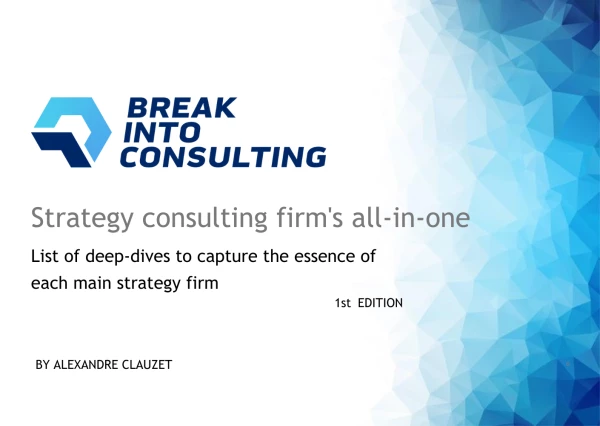Well I have an interview in the next week or so and am having kinda of Abit of a challenge ( banking background -BB) in understanding what exactly they are looking for in some of the questions that am practicing on.eg.
A client is looking to enter a particular market.the scope of the work is market sizing, best entry approach and how they ought to price.They say that your the EM( engagement manager) and they want to know some of the risks and counter measures in this project.youve been given 1 analyst and time frame is 2 months.
I can't seem to think of more than 2 answers to this: too wide a scope given the resources and also it might be Abit of a challenge accessing information given that the country is in the emerging markets.any other risk( and the thinking behind it) that can be shared would be really helpful











